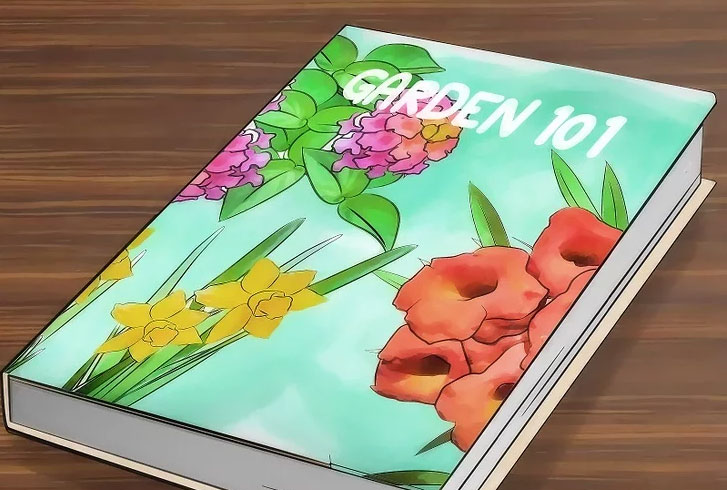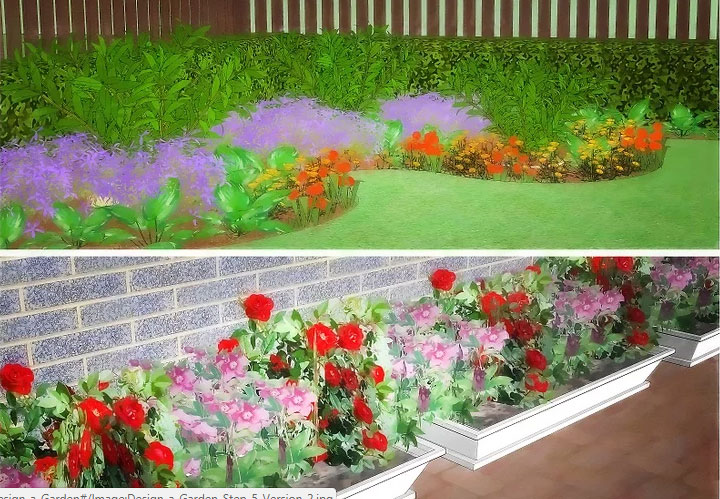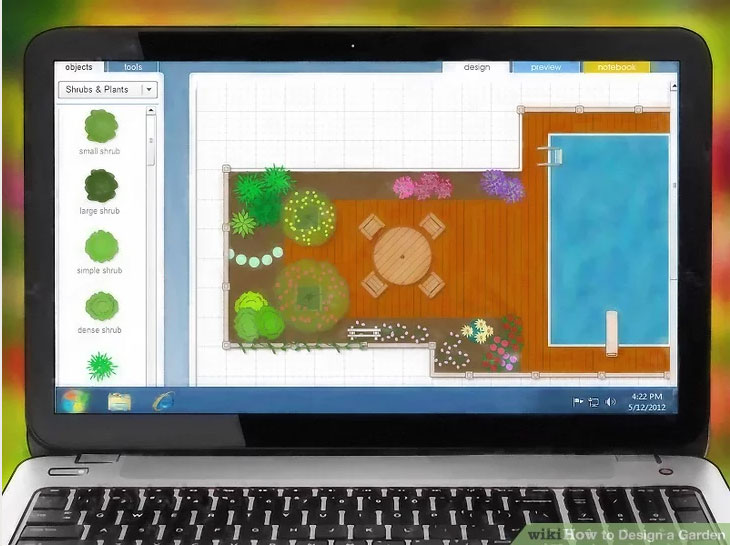+968 72444424
-
Service
- Real Estate Service
- Handyman Services
- Home Service
- Appliance Repair
Examine your land.
Take a walk around your yard. What kind of garden do you imagine? Try to visualize it. Take notice of the areas that must remain as they are. Be sure to know your cardinal directions (north, south, east, and west), as well as where you get sun and shade, and where water seems to pool.

2. Draw a “bubble plan.”
This is a basic sketch of your garden area. This preliminary sketch will enable you to visualize your garden around the permanent structures of your yard, and help you to decide what types of garden space you would like in each area.
• Sketch a drawing of the house, fence and other immovable areas.
• Label the areas where you’d like to plant.
• Label north, south, east, and west.
• Don’t forget to include seating.

3. Discover your hardiness zone.
Each region has what is known as a "hardiness zone." Your hardiness zone (a category developed by the US National Arboretum) will tell you what temperatures you can expect, as well as which plants are viable for your climate.

4. Conduct some research.
Check out garden books from the library and buy gardening magazines. If possible, find books and magazines that are written for your specific climate or hardiness zone. If you come across any specific plants you like, find out if they are compatible for your region.

5. Visit professional gardens in your area.
Going to see different gardens can be an excellent source of inspiration. Look for landscaped gardens at public buildings, such as botanical or community gardens. You can also sign up for a home and garden tour in your area.

6 Explore an online garden-planning tool.
There are numerous free and paid options available. These programs allow you to digitally plot your garden. Some programs even allow you to upload an image of your home and/or yard for a completely customizable experience.
